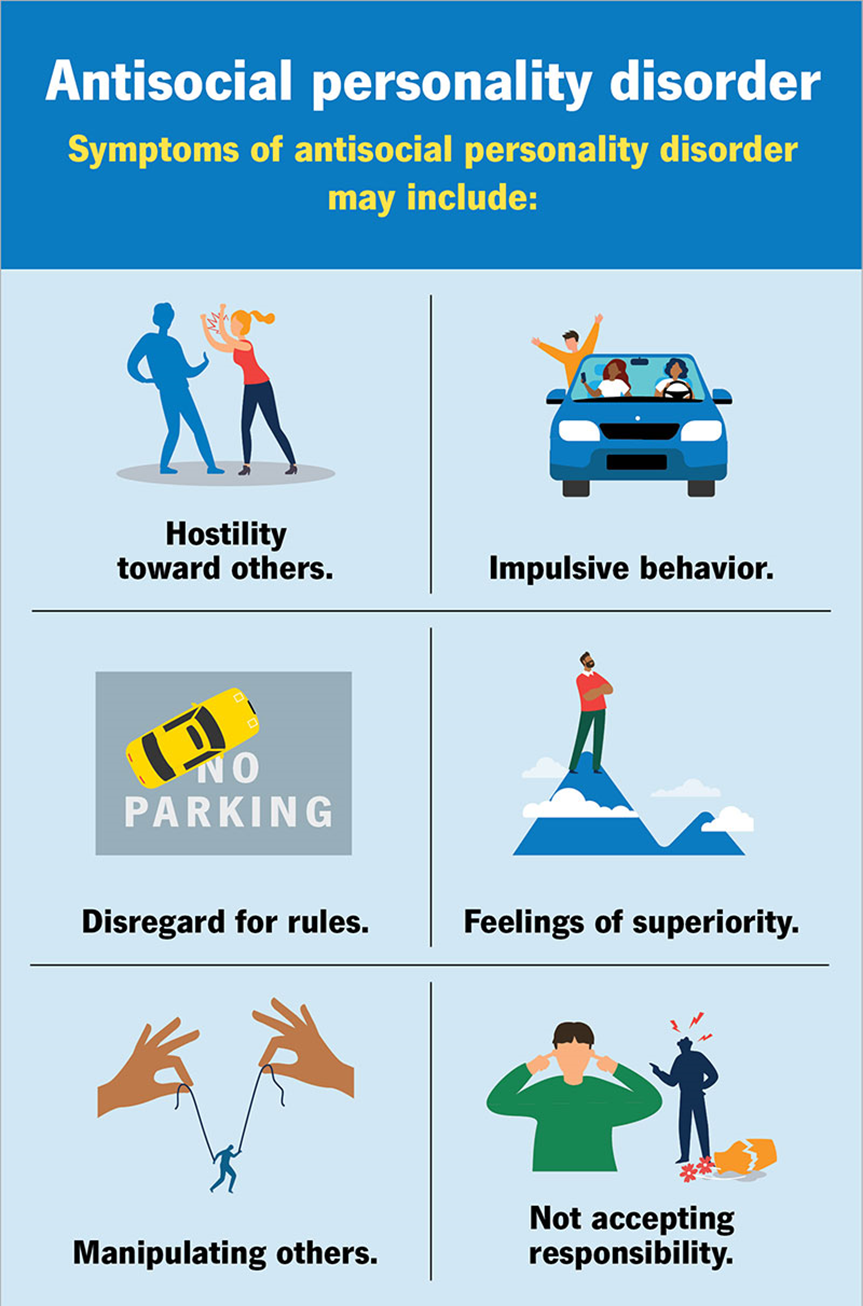A client prescribed lithium carbonate 300 mg twice daily a month ago comes to the Emergency Department with mental confusion, frequent urination in large amounts, and coarse tremors. Which lithium level would the nurse expect?
0.8 mEq/L
2.3 mEq/L
1.8 mEq/L
1.2 mEq/L
The Correct Answer is B
Choice A Reason: 0.8 mEq/L
The therapeutic range for lithium is typically between 0.6 and 1.2 mEq/L. A level of 0.8 mEq/L falls within this range and is considered normal. Therefore, it is unlikely that a client with this lithium level would present with symptoms such as mental confusion, frequent urination, and coarse tremors. These symptoms are more indicative of lithium toxicity, which occurs at higher levels.
Choice B Reason: 2.3 mEq/L
A lithium level of 2.3 mEq/L is significantly above the therapeutic range and indicates lithium toxicity. Symptoms of lithium toxicity include mental confusion, frequent urination, and coarse tremors, which match the client’s presentation. Severe toxicity can occur at levels above 2.0 mEq/L and can be life-threatening if not treated promptly. Therefore, this is the most likely lithium level for the client described.

Choice C Reason: 1.8 mEq/L
A lithium level of 1.8 mEq/L is above the therapeutic range but below the level typically associated with severe toxicity. While some symptoms of toxicity might appear at this level, they are generally less severe than those described in the scenario. The client’s symptoms suggest a more severe level of toxicity, making this choice less likely.
Choice D Reason: 1.2 mEq/L
A lithium level of 1.2 mEq/L is at the upper limit of the therapeutic range. While it is possible for some mild side effects to occur at this level, the severe symptoms described (mental confusion, frequent urination, and coarse tremors) are more indicative of a higher, toxic level of lithium. Therefore, this choice is also less likely.
Nursing Test Bank
Naxlex Comprehensive Predictor Exams
Related Questions
Correct Answer is B
Explanation
The correct answer is b.
Choice A Reason:
Expect hyperactivity as a common adverse effect. This statement is incorrect. Atomoxetine is a non-stimulant medication used to treat ADHD and does not typically cause hyperactivity. Instead, it helps improve attention and reduce hyperactivity and impulsiveness. Common side effects of atomoxetine include nausea, vomiting, upset stomach, constipation, dry mouth, loss of appetite, mood changes, feeling tired, dizziness, urination problems, or impotence.
Choice B Reason:
Give the dose in the morning to help prevent insomnia. This statement is correct. Atomoxetine should be taken in the morning to help prevent insomnia, as taking it later in the day can interfere with sleep. The medication can be taken with or without food, and if a second dose is prescribed, it is typically taken in the late afternoon or early evening.
Choice C Reason:
Avoid crowds due to the increased risk for infection. This statement is incorrect. Atomoxetine does not increase the risk of infection, and there is no need to avoid crowds while taking this medication3. Common side effects do not include an increased risk of infection.
Choice D Reason:
Limit caloric intake to prevent excessive weight gain. This statement is incorrect. Atomoxetine is more likely to cause weight loss rather than weight gain. It can decrease appetite, which may lead to weight loss in some patients. Therefore, limiting caloric intake is not necessary while taking atomoxetine.
Correct Answer is C
Explanation
Choice A Reason:
Emotional injury and learned helplessness. While emotional injury and learned helplessness are significant consequences of intimate partner violence (IPV), they are not the central factors driving the dynamic of IPV. Learned helplessness refers to a state where the victim feels powerless to change their situation due to repeated exposure to traumatic events. Emotional injury is a result of the abuse but not a driving factor.
Choice B Reason:
Poor communication and social isolation. Poor communication and social isolation can exacerbate the situation but are not the primary factors central to the dynamic of IPV. Social isolation is often a tactic used by abusers to control their victims, but it is a consequence rather than a cause. Poor communication can contribute to misunderstandings and conflicts but is not the root cause of IPV.
Choice C Reason:
Power and control. This statement is correct. The central dynamic of intimate partner violence is the abuser’s desire to exert power and control over their partner. This need for dominance manifests through various abusive behaviors, including physical, emotional, psychological, and financial abuse. The Power and Control Wheel, a tool developed by the Domestic Abuse Intervention Project, illustrates how different abusive tactics are used to maintain control over the victim.
Choice D Reason:
Erratic relationships and vulnerability. Erratic relationships and vulnerability are characteristics often seen in IPV situations but are not central to the dynamic. Vulnerability can make individuals more susceptible to abuse, and erratic relationships can be a symptom of the abuse, but they do not drive the abusive behavior5.
Whether you are a student looking to ace your exams or a practicing nurse seeking to enhance your expertise , our nursing education contents will empower you with the confidence and competence to make a difference in the lives of patients and become a respected leader in the healthcare field.
Visit Naxlex, invest in your future and unlock endless possibilities with our unparalleled nursing education contents today
Report Wrong Answer on the Current Question
Do you disagree with the answer? If yes, what is your expected answer? Explain.
Kindly be descriptive with the issue you are facing.
